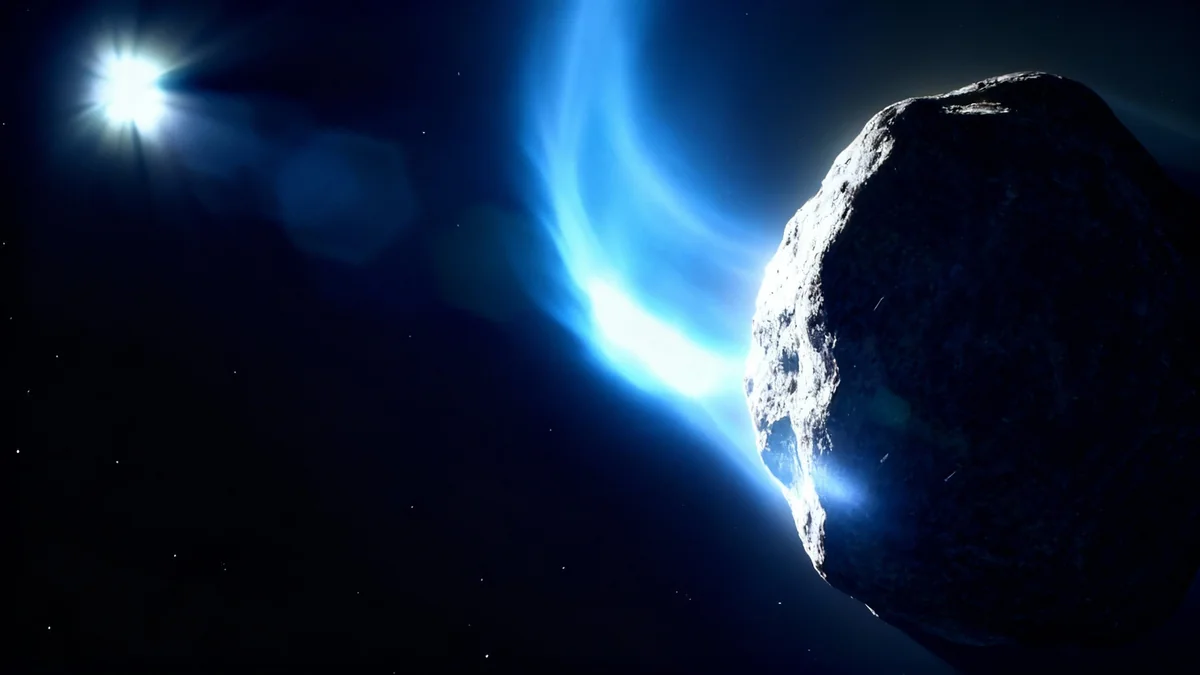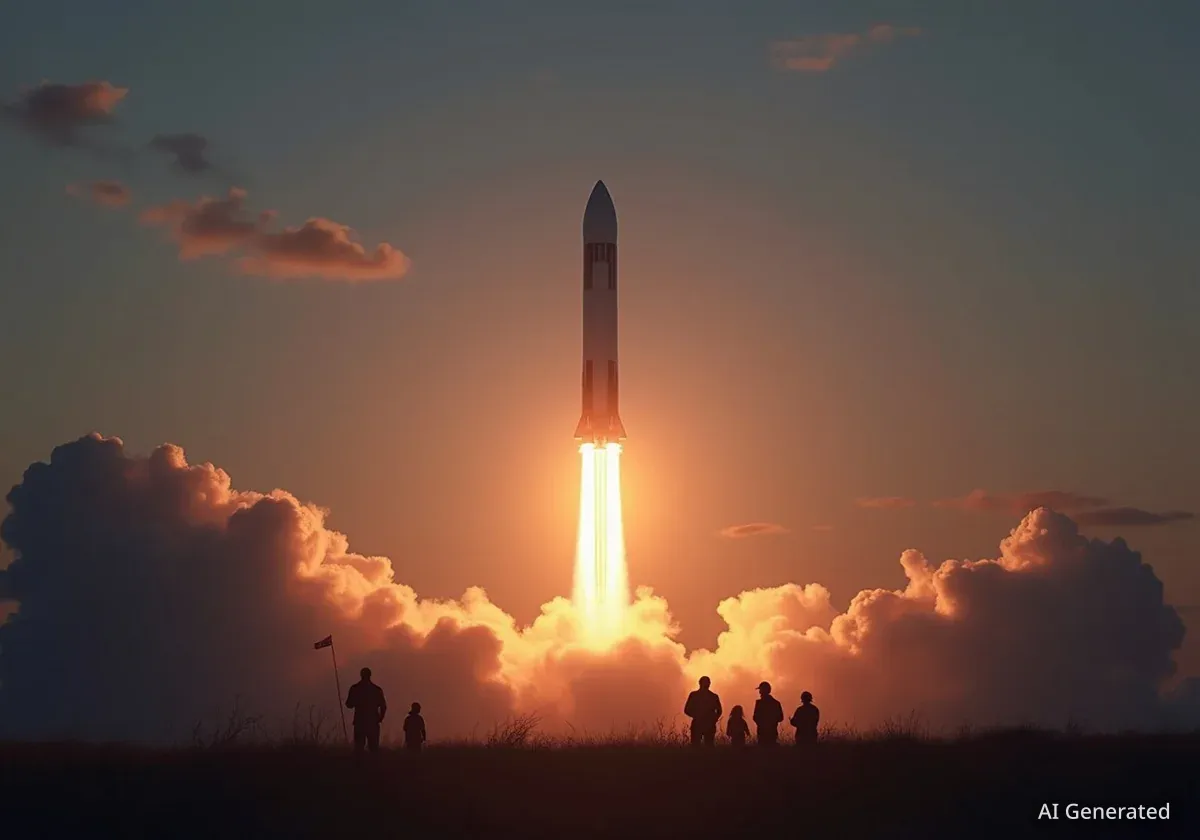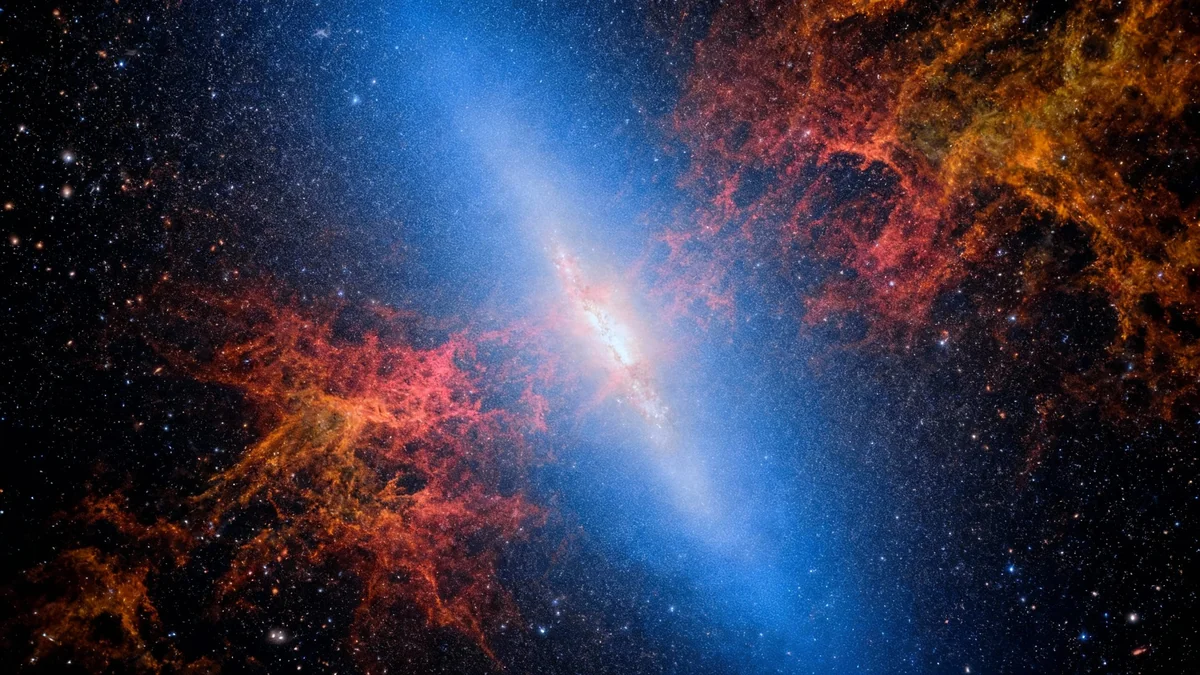The James Webb Space Telescope (JWST) has captured and released new images showcasing eight distinct examples of a cosmic phenomenon known as gravitational lensing. This effect, which distorts and magnifies light from distant galaxies, provides direct visual evidence for a key prediction of Albert Einstein's theory of general relativity, formulated over a century ago.
Key Takeaways
- The James Webb Space Telescope has imaged eight clear examples of gravitational lensing, often called "Einstein rings."
- Gravitational lensing occurs when a massive galaxy bends the path of light from a more distant galaxy, acting as a natural magnifying glass.
- These observations are part of the COSMOS-Web program, one of the largest projects undertaken by the JWST.
- The phenomenon allows astronomers to study extremely distant galaxies and measure the distribution of dark matter.
Understanding Gravitational Lensing
Gravitational lensing is a direct consequence of Albert Einstein's theory of general relativity. The theory describes gravity not as a force, but as the curvature of spacetime caused by mass. A massive object, such as a large galaxy or a cluster of galaxies, warps the fabric of spacetime around it.
When light from a much more distant object travels toward Earth, its path is bent as it passes through this warped region of space. This bending effect can cause the background object's image to be distorted, magnified, and sometimes multiplied.
The Einstein Ring Effect
In cases of near-perfect alignment between the observer (JWST), the foreground lensing galaxy, and the distant background galaxy, the light from the background source is smeared into a circle. This specific formation is known as an Einstein ring. While perfect rings are rare, astronomers more commonly observe partial arcs and distorted shapes.
A Century-Old Prediction
Albert Einstein first predicted the possibility of gravitational lensing in 1915 as part of his theory of general relativity. However, he believed the effect would be too faint and the alignments too rare to ever be observed. The first confirmed observation of gravitational lensing occurred in 1979, proving his initial calculations correct, even if his pessimism about observing it was not.
New Images from the COSMOS-Web Program
The eight newly released images are a product of the COSMOS-Web program, a major initiative using the James Webb Space Telescope. This project dedicated 255 hours of observation time to survey a patch of the sky, imaging more than 42,000 galaxies in the process.
During this extensive survey, scientists identified more than 400 potential candidates for gravitational lensing. The eight examples recently shared are among the most visually striking and scientifically valuable discoveries from this dataset.
A Glimpse into the Past
One of the most remarkable images features a nearly perfect Einstein ring designated COSJ100024+015334. The light from this lensed galaxy traveled for billions of years to reach us, providing a view of how it appeared when the universe was just one billion years old. The universe is currently estimated to be over 13 billion years old.
Scientific Importance of Cosmic Lenses
Gravitational lenses are more than just cosmic curiosities; they are powerful tools for astronomical research. By magnifying light from objects that would otherwise be too faint and distant to see, they allow scientists to study the earliest galaxies in the universe.
These natural telescopes help researchers understand several key areas of cosmology:
- Galaxy Formation: Studying the magnified images of early galaxies reveals details about their structure, star formation rates, and chemical composition during the universe's formative years.
- Measuring Cosmic Mass: The degree to which light is bent by a foreground galaxy allows astronomers to calculate its total mass. This is crucial because it includes the mass of all matter, including dark matter.
- Mapping Dark Matter: Since dark matter does not emit or reflect light, it cannot be observed directly. Gravitational lensing provides one of the only ways to map its distribution and understand its role in structuring the universe.
JWST's Unprecedented View
While the Hubble Space Telescope had previously observed some of these lensed galaxies, the advanced capabilities of the JWST provide a much clearer and more detailed view. The telescope's sensitivity to infrared light is a key advantage.
Light from the most distant galaxies is stretched to longer, redder wavelengths as the universe expands—a phenomenon known as redshift. JWST is specifically designed to capture this infrared light, allowing it to see farther back in time than any previous observatory. This capability has revealed new details in previously known lenses and led to the discovery of entirely new ones, including galaxies that are heavily obscured by cosmic dust.
These discoveries from COSMOS-Web highlight the power of JWST to find and study these rare cosmic alignments. They provide invaluable windows into the early universe and help solve mysteries like the nature of dark matter.
The data from the COSMOS-Web program will continue to be analyzed by scientists around the world. Each new lens discovered serves as a natural laboratory for testing theories about the evolution of the cosmos and the fundamental laws of physics that govern it. According to the research team, these initial findings are just a small sample of the discoveries expected from this rich dataset.





